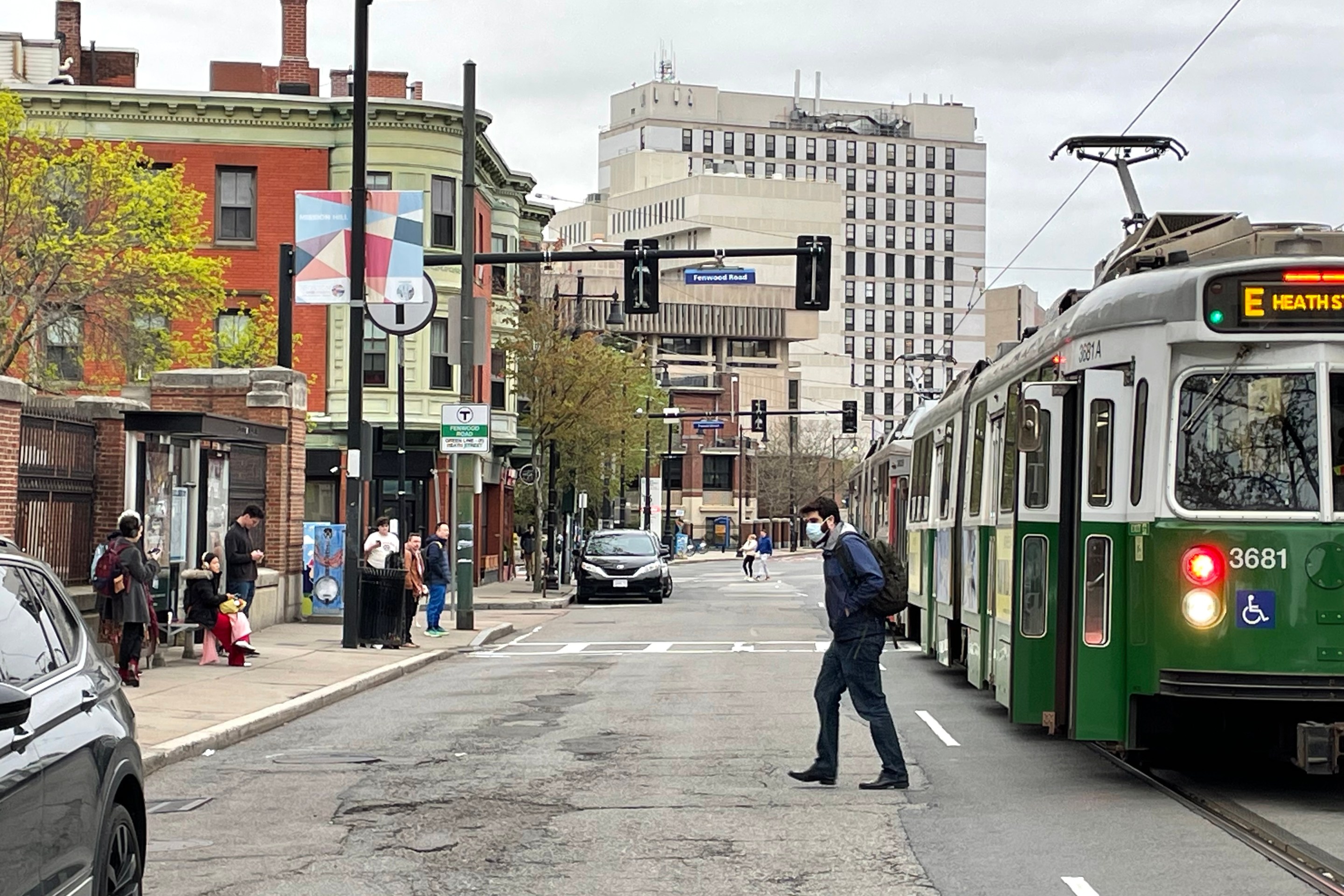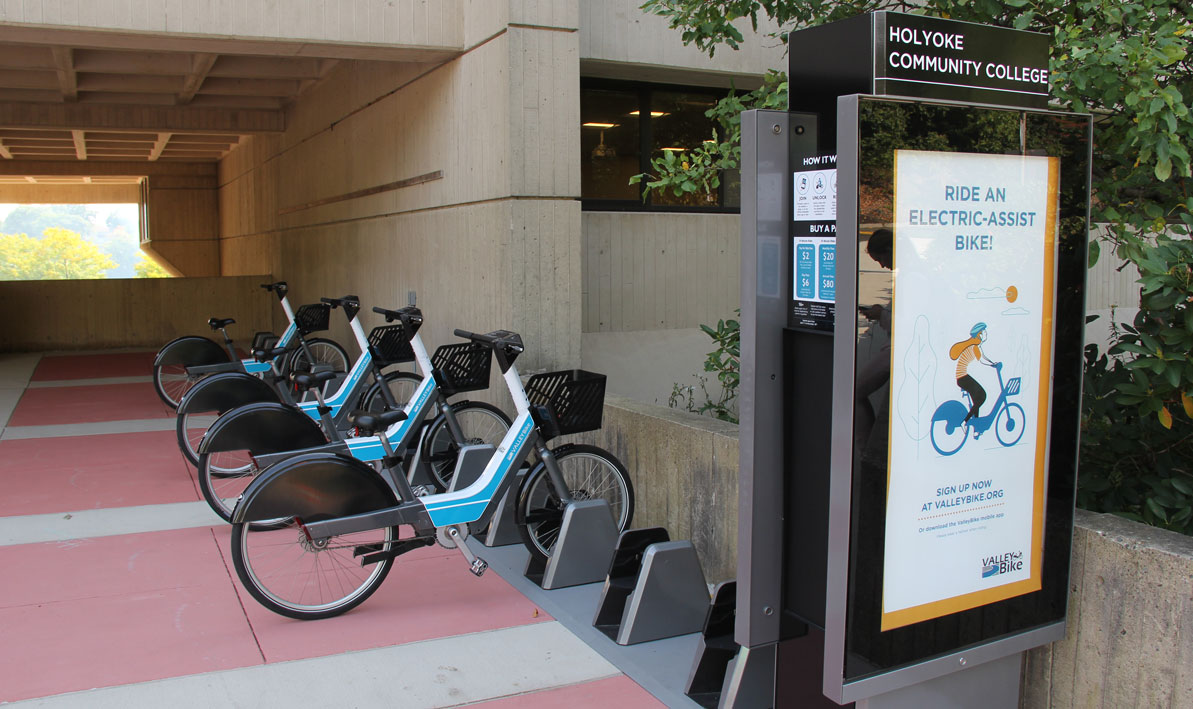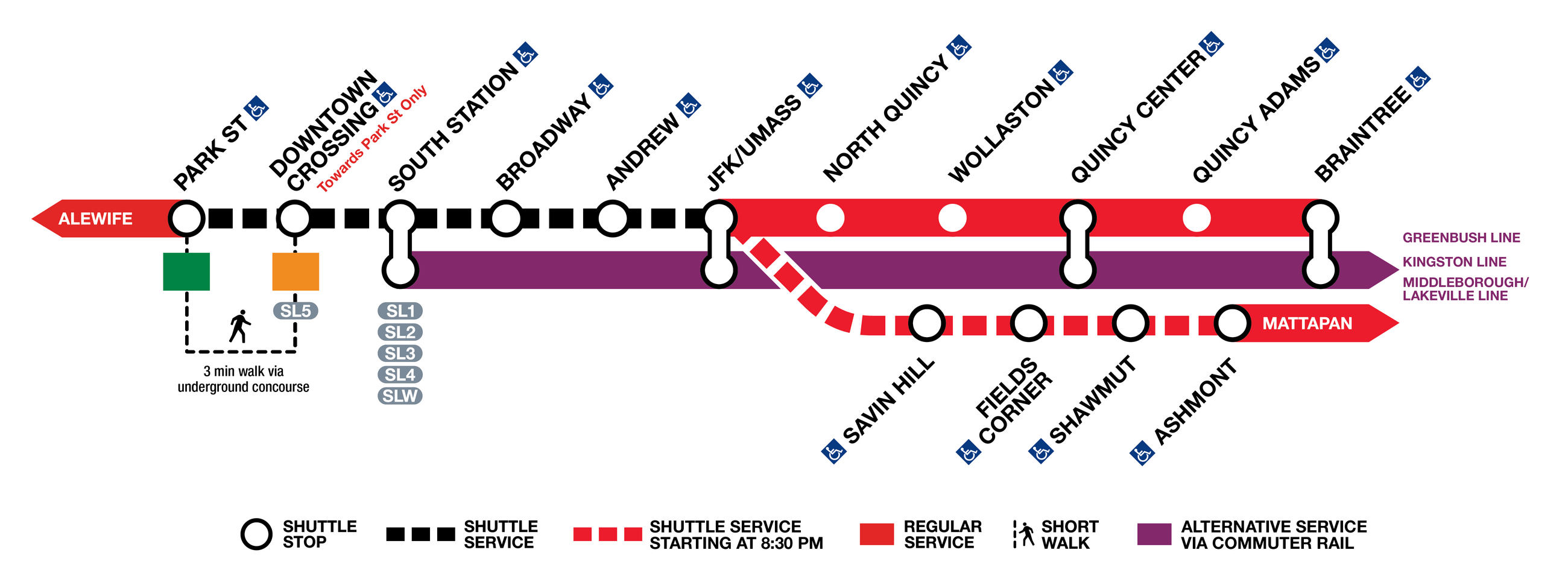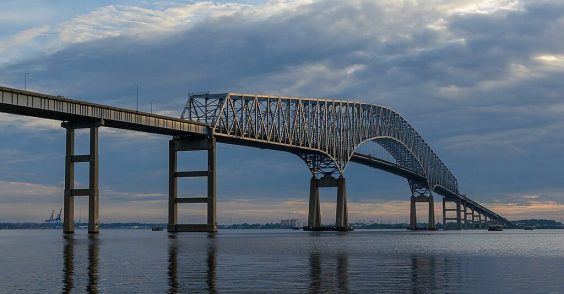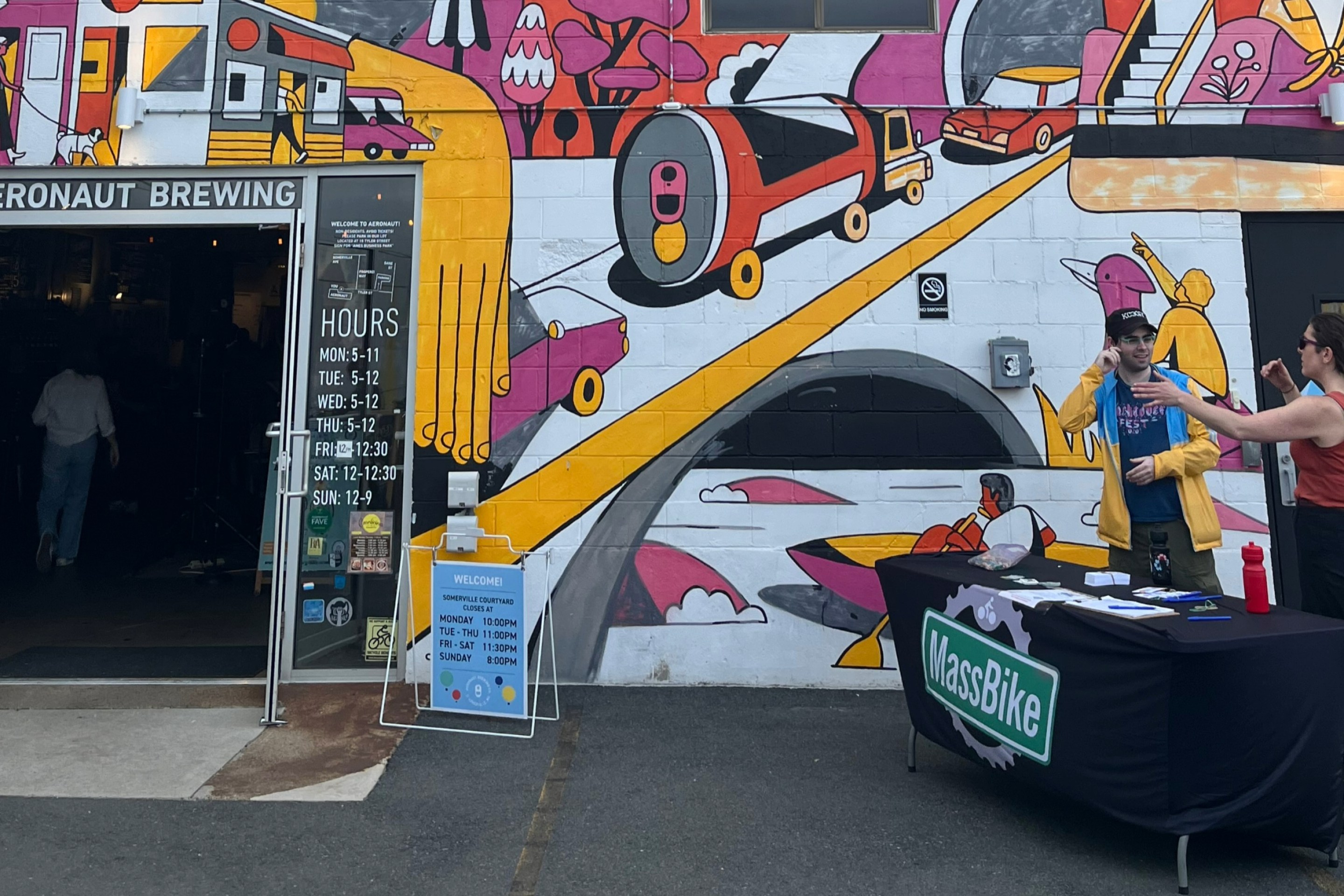Guest Column: Will the COVID Bicycle Surge Last?
9:14 AM EDT on September 29, 2020

A view of Tremont Street before and after the City of Boston implemented its popular pop-up protected bike lanes around Boston Common this summer. Courtesy of the City of Boston.
Like far too many traditions under COVID, the annual Bay State Bike Month was postponed and reimagined this year. Typically scheduled in May to coincide with the start of peak cycling season, Bike Month officially started on September 1 and people across Massachusetts are encouraged to join events that are largely virtual. But this year, encouragement is hardly necessary as cycling has become an increasingly popular, socially distant, and reliable way to move around during the pandemic.
Even prior to COVID, ‘micromobility’ - including shared and owned bicycles, e-bikes, e-scooters, e-skateboards, etc. - was already poised to breakout in 2020. Rates of bicycle commuting continue to rise due to the crippling gridlock in metro-Boston. BlueBikes expanded into Everett last year and is currently launching in Arlington, Chelsea, Newton, Revere and Watertown. The ‘Emerald Network’, a growing system of bike paths that will ultimately span 200 miles throughout the region, has several key connections and extensions currently under construction, with many more coming.
Still, we face a fundamental question: Is this a tipping point, or will cars continue to dominate?
National and international trends provide some positive signals. The 2019 Shared Micromobility report by the National Association of City Transportation Officials measured 136 million trips on shared bikes and scooters, a 60% increase over 2018. According to the North American Bikeshare Association, 36% of those rides replaced a car trip. And e-bikes, the fastest growing segment of bicycle sales globally, are projected to reach 40 million units in annual sales by 2023. E-bikes extend practical cycling distances, accommodate a wider range of ages and abilities, and make hauling groceries or children by bike a real option for many. E-bikes also free riders from worrying about sweat and needing special clothes, which are huge barriers for most would-be commuters.
This growth has occurred despite significant challenges, both physical and political. Safe bicycle infrastructure has been substandard, disconnected, and overly contentious for cities to build. Regulations remain vague and disjointed, leaving many riders unsure if it is legal to ride an e-bike on the Minuteman Bikeway, or if scooters are allowed on the Paul Dudley White Path. This confusion extends to enforcement agents and public officials as well.
Regulatory inconsistency does not help riders on the street, and the current enforcement pattern disproportionately punishes riders of color. Action at the state level is required to classify these vehicles and where they can operate. Hopefully, these important policies can be passed into state law this fall.
COVID as a Catalyst
When Governor Baker ordered a statewide lockdown, he ultimately deemed bike shops as ‘essential businesses,’ allowing them to remain open. Within weeks, low to mid-priced bikes and child models sold out. Demand for repairs surged as well. With peak commute traffic gone, those once hesitant to ride on busy roads began to venture out. Cycling flourished as a physically distant and responsible way to spend time outside during the lockdown.
For those essential workers still commuting, owned and shared bicycles offered an alternative to public transit during a time when little was known about coronavirus transmission. In April, BlueBikes offered free 90-day passes to hospital workers, a program since extended to include grocery, retail, and pharmacy workers. Several A Better City (ABC) member companies have reported high demand for bicycle parking, both in their garages and at public bike racks.
In line with the changing times, Boston released an Electric Cargo Bike RFI to understand how e-cargo bikes could fit into Boston’s delivery landscape. For context, Amazon is already piloting ebike delivery in NYC. Such innovative yet practical solutions are desperately needed in our cramped metro where delivery drivers and large trucks flout the rules, endangering all other road users.
Shared Streets have been implemented across the region, slowing cars down, restricting access to cut-through traffic, and allowing people to keep 6’ apart. Boston’s “Healthy Streets” program - initially a temporary network - will be made permanent this fall. This represents the type of roadway rethink that is crucial to encourage non-car trips as teleworkers come back to the office.
Dedicated bus lanes, painted in red to prioritize public transit, are being installed across the Greater Boston area. In July, Boston completed a dedicated bus lane lane on Washington Street that shaved 12 minutes off the travel time between Nubian Square and Downtown Crossing. The MBTA plans to install 14 additional miles of bus lanes this fall.
In support of collaboration and realizing economies of scale, the Metropolitan Area Planning Council (MAPC) has announced a regional purchasing agreement for materials needed to create those lanes. This collective buying power will save an estimated $2 million and support a massive expansion of this infrastructure that prioritizes the movement of people, not just vehicles. And since bus lanes are de facto bike lanes, they further improve the conditions that will make people comfortable riding.
Finally, we see EU countries offering e-bike subsidies like the ones the U.S. offers for electric cars. Would that work here? All options should be considered to avert a return to gridlock.
Roadblocks and Realities
Sadly, cycling is not the only mode that is surging. Driving trips have rebounded roughly 80% despite a shift to telework for a large portion of the downtown workforce. Despite the MBTA’s increased cleaning protocols, added capacity to busy bus lines, mask distribution at key stations and more, ridership data confirms many people have yet to return to mass transit.
So, why does that matter for bicycling? For many people, bicycles complement transit rides for the first or last mile of their journey. And for the average person, cycling is largely a three-season endeavor. Without trust in the T by winter, commuters with a choice will likely choose to drive. Cars account for 40 percent of greenhouse gas emissions in metropolitan Boston and half of all car trips are 4 miles or less, so it is critical we avert that outcome. If we rethink our streets and policies for healthier, more efficient movement and socially distant interactions, we’ll get that. If we don’t, pre-COVID gridlock will likely return.
We have a real choice for a safer, more resilient, and more equitable transportation future and every action matters. This year’s unique Bay State Bike Month is nearly over, but there are year-round opportunities for us to get out there, experience the new infrastructure, and help make Boston a better city.
The best part? It’s just like riding a bike.
Scott Mullen is the TDM Director for A Better City, focusing on innovative transportation policies that will enable institutions and individuals to ’think outside the car’. Through roles that spanned operations, development, and public affairs, ‘Mully’ had a front row seat in the formation and growth of three transportation sectors: car sharing; bike sharing; and micromobility.
Stay in touch
Sign up for our free newsletter
